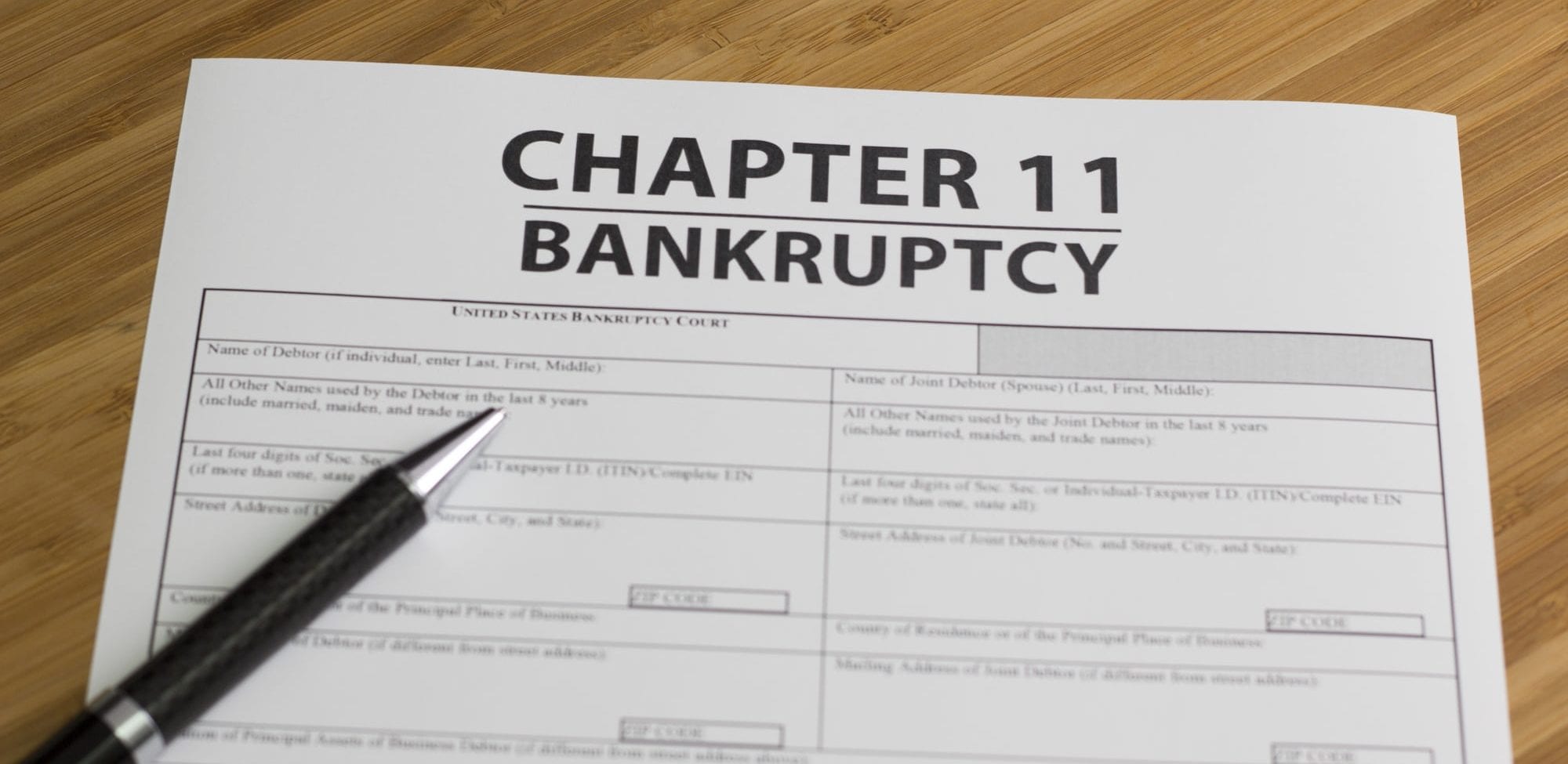If you’ve ever faced financial difficulties, you might have heard a common credit-related belief: “After 7 years, your credit is clear.” This statement implies that negative items on your credit report automatically disappear after seven years. While there’s some truth to this, it’s essential to delve deeper into the nuances of credit reporting, as it’s not a one-size-fits-all scenario.
Understanding the Seven-Year Rule
The seven-year rule, often referred to as the seven-year reporting period, is a key component of credit reporting. It dictates the maximum amount of time most negative information can remain on your credit report. This rule is defined by the Fair Credit Reporting Act (FCRA), a federal law designed to regulate how consumer credit information is collected and used.
What the Seven-Year Rule Covers
The seven-year rule applies to several types of negative information on your credit report, including:
1. Late Payments: If you’ve made late payments on loans or credit cards, the record of these late payments will generally be removed after seven years.
2. Charge-offs: When a creditor deems a debt as uncollectible and charges it off, this information typically stays on your credit report for seven years.
3. Collections: If your debt is sent to collections, the collection account should be removed from your credit report seven years from the date of your initial delinquency.
4. Chapter 13 Bankruptcy: A Chapter 13 bankruptcy can appear on your credit report for up to seven years from the date you filed.

5. Civil Judgments: Records of civil judgments against you will typically be removed after seven years.
6. Tax Liens: Federal tax liens can remain on your credit report for seven years from the date they are paid or released.
7. Closed Accounts: Accounts that you’ve closed voluntarily will stay on your credit report, but they will show a history of the account for up to seven years.
It’s important to note that while the seven-year rule applies to these items, there are exceptions, and not all negative information will automatically disappear after seven years.
Exceptions to the Seven-Year Rule
Some credit information might remain on your credit report for longer than seven years:
1. Chapter 7 Bankruptcy: A Chapter 7 bankruptcy, which involves the discharge of most debts, can appear on your credit report for ten years from the date of filing.
2. Unpaid Tax Liens: If you have unpaid federal tax liens, they can remain on your credit report indefinitely until paid and, in some cases, up to ten years.
3. Public Records: Certain public records, such as criminal convictions, can appear on your credit report indefinitely.
4. Open Accounts: Open credit accounts, including credit cards and loans, will continue to appear on your credit report as long as they remain open.
5. Student Loans: Student loans can be reported for an extended period, sometimes exceeding seven years, depending on various factors.
Can I speed up the removal of negative items from my credit report?
You can’t expedite the removal of accurate negative items, but you can work on improving your credit by making on-time payments and reducing your debt load.

Does the seven-year rule apply to all credit bureaus?
Yes, the seven-year rule is a federal regulation that applies to all major credit bureaus, including Equifax, Experian, and TransUnion.
Can I dispute inaccurate information on my credit report?
Yes, you have the right to dispute inaccurate or incomplete information on your credit report. The credit reporting agencies must investigate your dispute.
Will negative items that have reached seven years automatically disappear from my credit report?
In most cases, yes. Credit reporting agencies should automatically remove eligible negative items after seven years. However, it’s a good practice to review your credit report and verify the removal of such items.
How long does it take to rebuild credit after negative items are removed?
A5: The time it takes to rebuild your credit depends on various factors, but consistent positive financial behavior, such as making on-time payments and managing debt responsibly, is key to a quicker recovery.
In Conclusion
The “after 7 years, your credit is clear” statement is partly true, but it’s essential to understand the nuances. While most negative items do fall off your credit report after seven years, there are exceptions. Furthermore, actively managing your credit and practicing good financial habits can help you recover from past financial setbacks and rebuild your credit score more quickly. It’s crucial to monitor your credit report regularly, dispute inaccuracies, and take steps to maintain a healthy credit profile for your financial future.







